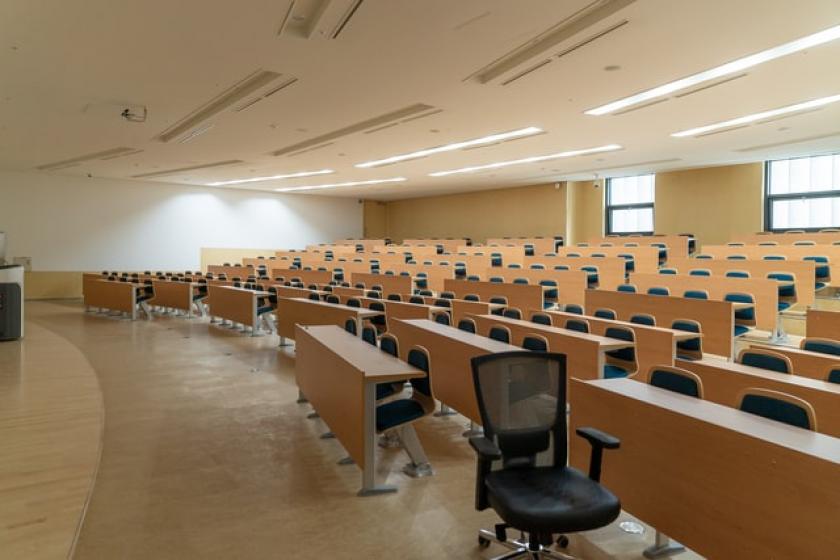Higher Education Needs an App Modernization StrategyHigher Education Needs an App Modernization Strategy
While SaaS is a quick fix that can address many immediate needs, there remain systems, applications, and processes that are not as digitally ready to support a long-term virtual education experience.
September 22, 2020

When schools shut down in March 2020 amidst growing concern over the spread of Coronavirus, we were lucky. My son's elementary school had already begun its digital transformation. For several years, children attending his school had been using Google classroom, e-mail, and online educational sites as a supplement to their in-class learning. A week of adjusting to Zoom and lecture-by-video, and everyone was fairly comfortable with the experience.
Many others were not so fortunate, and the abrupt transition was both frustrating and disheartening.
Colleges and universities suffered as well. Despite the extensive use of technology in higher education, many universities struggled under the weight of an entirely remote student population. As fall rolled around again, the status of in-person education was in question. As it turns out, a significant percentage of higher education has opted to maintain virtual only attendance.
Transitioning from legacy apps
Many are still struggling to maintain adequate service levels across resources. While SaaS is a quick fix that can address many immediate needs, there remain systems and applications and processes that are not as digitally ready as needed to support a long-term virtual education experience.
Education - higher education in particular - is a well-established industry. It has existed for longer than the buildings we associate with the experience. In many cases, the applications and systems that support students and faculty have also existed for a lot longer than we've used the phrase "digital transformation." I was dialing in to legacy systems to check my grades and submit computer science projects back in the days before the Internet was accessible to everyone.
Universities and colleges are, along with financial and banking institutions, one of the most likely places to find legacy technology today.
Enabling that technology to provide the kind of experience students expect from systems today can be frustrating. Many education institutions are moving to SaaS, where possible, but this fails to address core capabilities that are required to govern and control access. After all, we don't want just anyone snooping around systems and software that holds data that can impact our children's future.
Identity access control (federation) for SaaS applications is not new. It's existed for quite some time and organizations - like F5 - use it to control access to our growing portfolio of SaaS applications. My access to Workday and Concur and Office 365 is verified by this application service, ensuring that IT knows who should have – and who shouldn't have – access to these resources.
In the early days of SaaS, access control was a manual process performed by exchanging Excel spreadsheets with usernames and associated permissions. Changes took hours if not days, and revoking – or enabling – access was a painfully slow process. An identity access service automates the process of synchronizing access and providing real-time control over who can and cannot access SaaS resources. This means that universities and colleges can rely on existing student information systems to ensure access to newly provisioned SaaS applications is up to date.
This is one of the more popular methods of app modernization - extending the ability of an existing, legacy system core to the 'business' to a more modern means of engagement. Application services like identity federation and access control are often used to make existing legacy sources of user identity more accessible in a modern workflow.
Universities and colleges need to consider their application modernization strategy moving forward. The adoption of SaaS and virtual classrooms is not likely to reverse even after we've declared this pandemic over. The changes we've all made to how we work, live, and educate our kids are not going away. Organizations - including higher education - need to consider how to continue to modernize legacy applications to make them accessible and available in an increasingly digital world.
Application services are going to be a critical component of that strategy.
About the Author
You May Also Like




